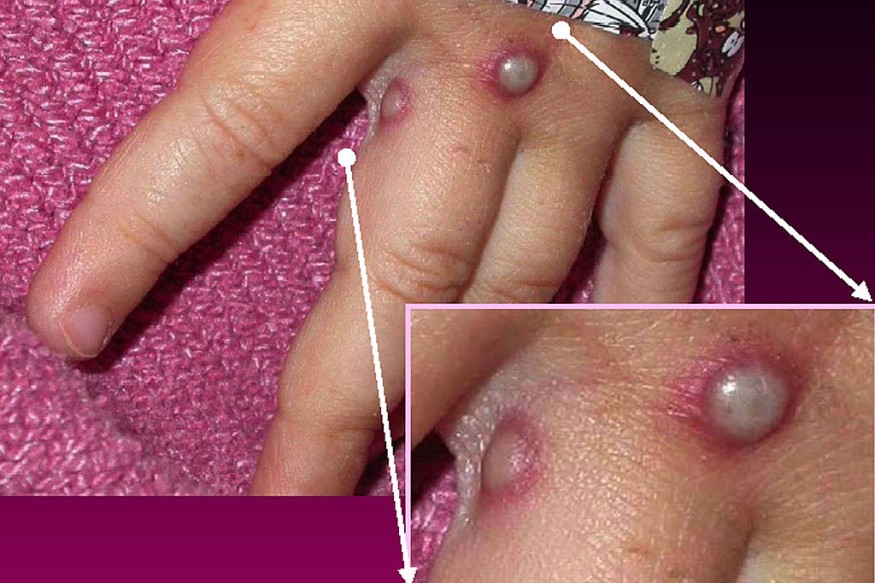
Monkeypox, which is a rare disease outside Africa, has caused worries internationally as it had its current outbreaks.
Confirmed cases now runs over 22,485 infections globally as of July 29, according to the U.S. Centers for Disease Control and Prevention (CDC). Almost all cases were recorded from countries with no previous history of monkeypox.
As experts continue to study the virus, more and more information was known of them. According to Newsweek, monkeypox virus can survive and remain stable for days and even weeks on refrigerated food and in water, as per a report from the U.S. Department of Homeland Security's (DHS) Science and Technology Directorate.
While there's still a lot to know about the outbreak, including why it's occurring in other countries when the disease historically remained endemic to West and Central Africa, there is also a lot that experts do know about the disease, as presented in the DHS Science and Technology report published July 12.
Environmental Stability of the Monkeypox Virus
The first case of monkeypox deaths to have been confirmed outside of Africa was recorded last Friday and Saturday.
Monkeypox virus belongs to the same group of viruses as the Variola major virus which also causes smallpox. While clinical presentation of the disease varies, one thing that is unknown is the infectious dose of the virus in humans, which the DHS report covers. One section of the report tackles the environmental stability of the monkeypox virus, or how long it can survive outside of the body.
According to the report, the virus was indeed "very stable" in the environment and can live "for days to weeks in water, soil, and on refrigerated food", even for months to years inside of scabs. Although it did not say how long the virus can survive on surfaces, one particular case involves finding a live virus 15 days after a monkeypox patient's home was left unoccupied.
The CDC confirms that it can also survive in linens, clothing and surfaces particularly well in dark, cool, dry environments.
How to Decontaminate
The DHS report suggests using bleach against emerging monkeypox viruses, and other effective disinfectants such as Virkon, Dettol and Sanytex.
In addition, while sexual transmission has played a significant role in the spread of the disease, it is also important to keep a lookout for surface transmissions, as the spread of the disease this year was made via contaminated objects such as clothing.
CDC notes that the virus can also spread via direct contact with the source of rash, body fluids, respiratory secretions and intimate contact like sex, kissing, hugging and prolonged face-to-face contact. They confirmed that pregnant women can also spread the virus to the fetus.
The basic reproduction number or R-value of the current outbreak is unknown, but the DHS report suggests that the transmission rate of monkeypox has increased over time. The estimated range for the virus is 0.57 to 0.96, though a maximum value of 1.25 has been observed.
Read also: Gene Therapy: New Technology Can Rewrite Genetic Codes, Successfully Repairs Hereditary Disease
© 2025 NatureWorldNews.com All rights reserved. Do not reproduce without permission.





